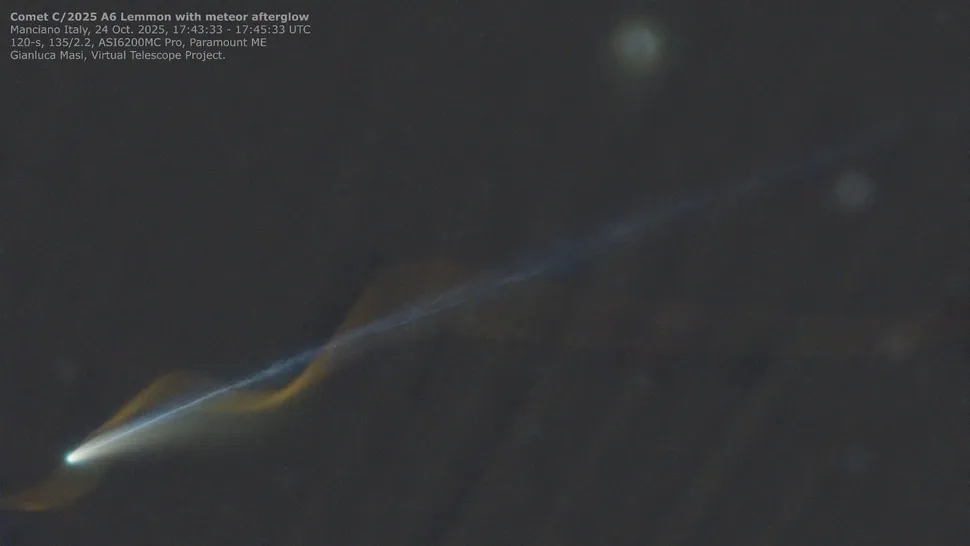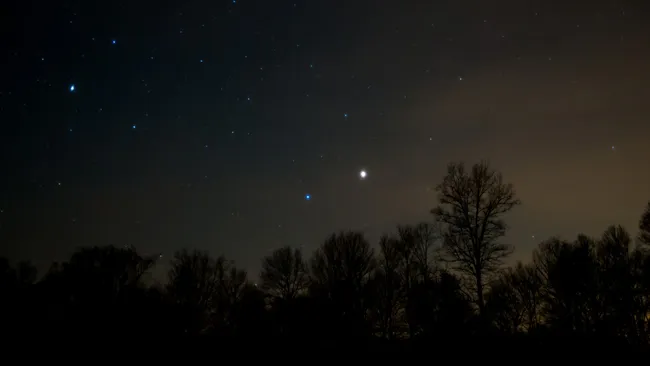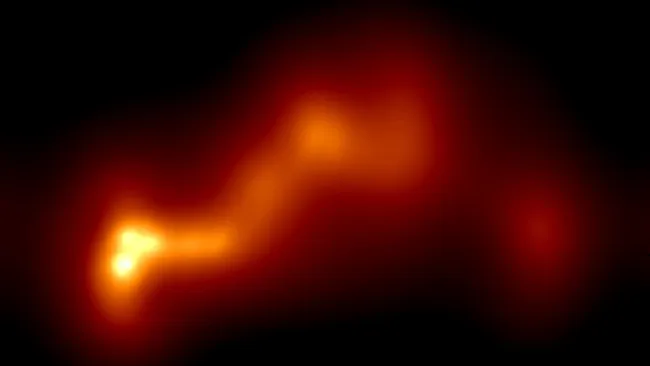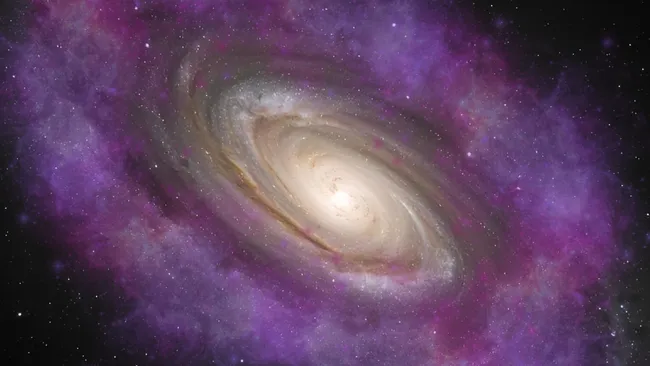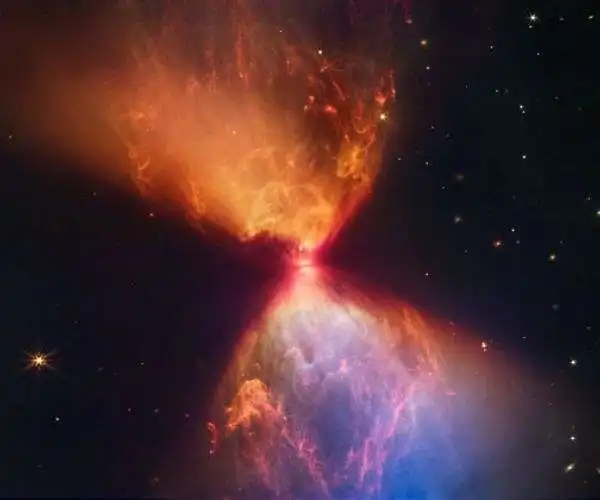Astronomer Gianluca Masi captured a breathtaking scene on Oct. 24, when a glowing meteor trail appeared to wrap around the massive tail of Comet Lemmon. The event occurred as the comet passed near the constellation Serpens Caput, creating what Masi called a “pure perspective miracle.”
Using an astrographic camera through the Virtual Telescope Project in Manciano, Italy, Masi took a two-minute exposure at 1:43 p.m. EDT (1743 GMT). Just moments before, a bright meteor had streaked through the sky, leaving behind a luminous stream of ionized gas that expanded rapidly in the upper atmosphere. From Earth’s point of view, the glowing wave seemed to coil around Comet Lemmon’s tail, producing a rare optical illusion.
A faint, fan-like ripple can be seen across the image—light scattered on the camera sensor during the event. Masi explained that the glow came from ionized molecular oxygen in the atmosphere, which recombined and emitted light at specific wavelengths after the meteor event.
Though the illusion makes it appear as if the meteor’s afterglow is intertwined with the comet’s tail, they are vastly separated. “The meteor’s afterglow was an atmospheric effect,” Masi clarified, “while the comet was roughly 100 million kilometers away.”
Masi also released a timelapse showing the meteor’s ion trail seemingly twisting around Comet Lemmon as passing satellites traced streaks through the frame.
Discovered in January this year, Comet Lemmon has brightened significantly and now shines at a magnitude of +4.2, according to the Comet Observation Database (COBS) in Slovenia. Under dark skies, it can be seen as a faint, hazy patch to the naked eye — or better yet, through 10×50 binoculars or a backyard telescope for a clearer view.

